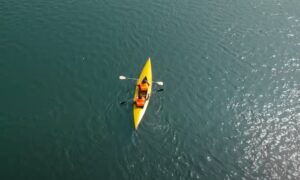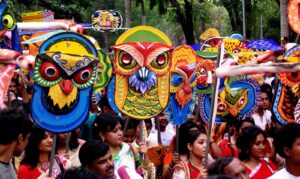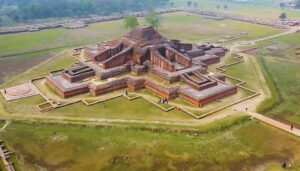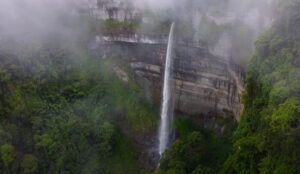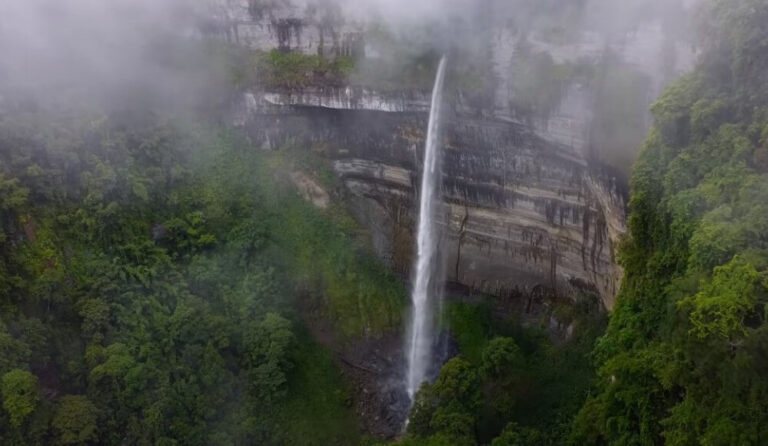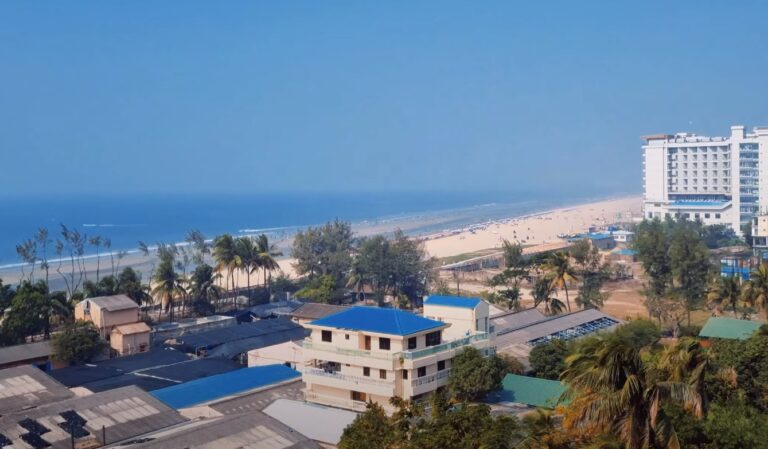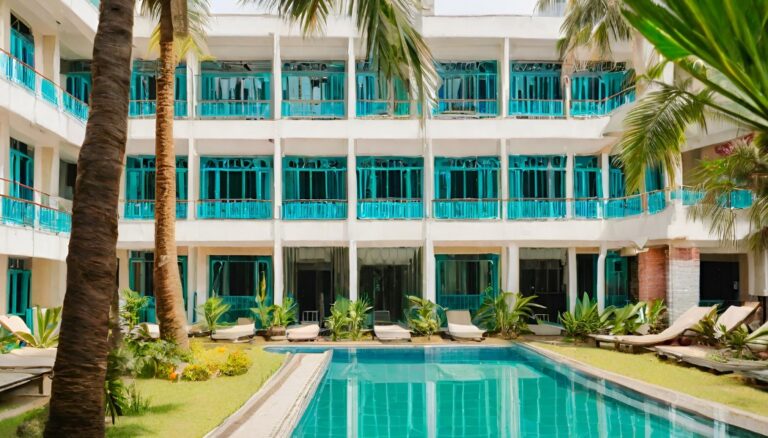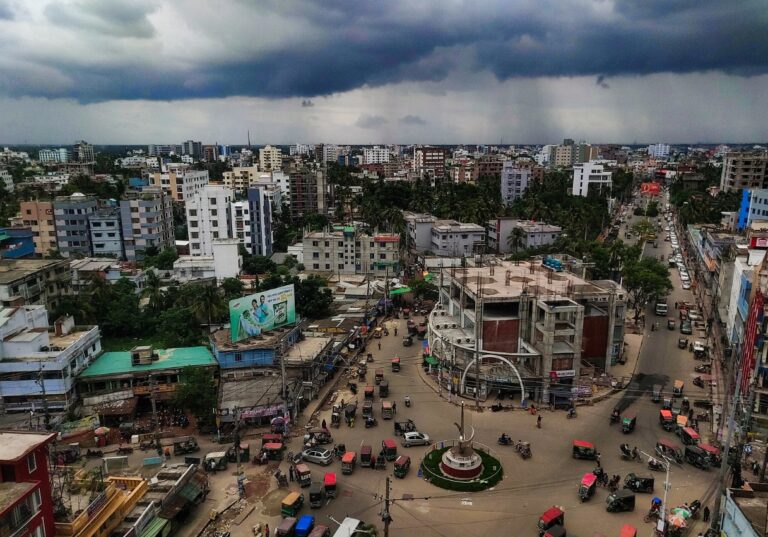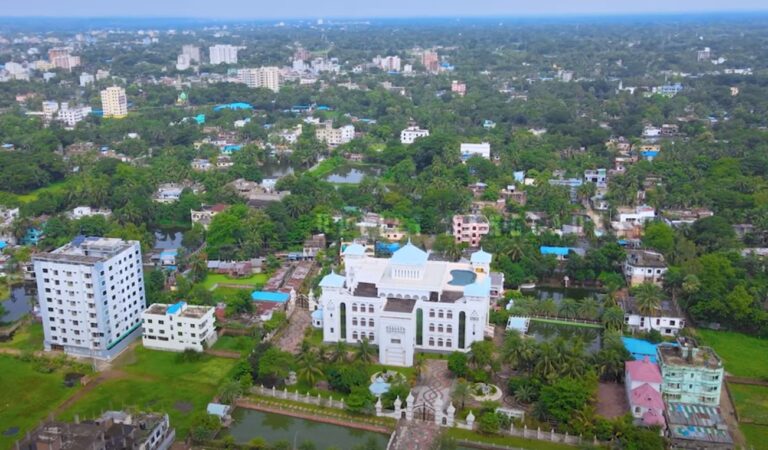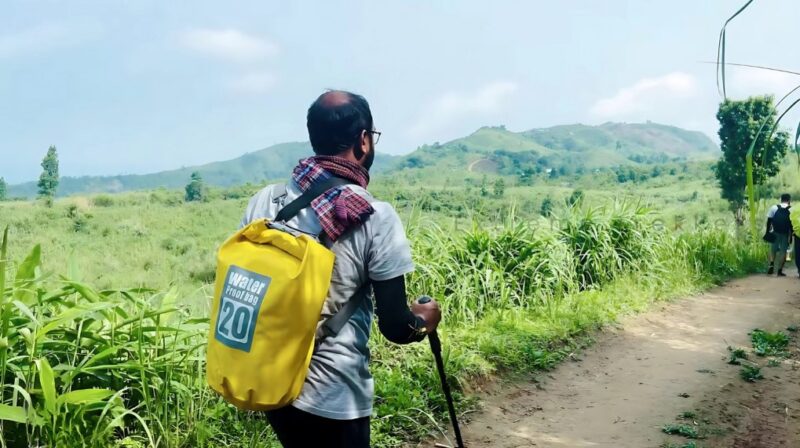
Swapping the concrete jungle for real ones had always been a dream of mine. So, when I finally got a chance to hike in Bandarban, Bangladesh, I grabbed it with both hands. The lush greenery, the serene environment, and the promise of adventure were just what I needed.
I planned my trip for the end of the monsoon season in September, a time when the landscape is vibrant but the trails are safer. Here’s what I’ve discovered.
Setting off
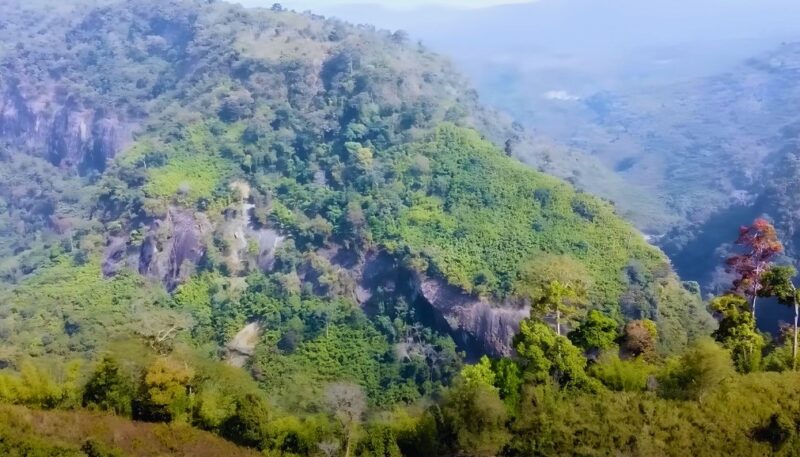
I started my journey from Dhaka, taking an overnight bus to Bandarban town. The excitement kept me awake for most of the journey, and by the time we arrived, the first light of dawn was breaking. The town was still waking up, but I could already feel the crisp, fresh air. After a quick breakfast, I met my guide, Rahman, who would be with me throughout the hike.
Day 1: Hiking to Nilgiri
Our first destination was Nilgiri, known for its scenic beauty. The hike began through dense forests, where the sounds of the city were replaced by birdsong and the rustling of leaves. The trail was well-trodden but challenging, with some steep sections that tested my endurance. Rahman pointed out various plants and animals, making the hike educational as well.
The hike to Nilgiri took about 5 hours. Along the way, we passed through orchards filled with ripe fruits and crossed several bubbling creeks. The highlight of the day was reaching the viewpoint at Nilgiri.
The view of the hills and valleys was amazing. We set up camp here, and when night came, the sky was full of stars. It was the perfect way to end the first day.
Day 2: Keokradong awaits
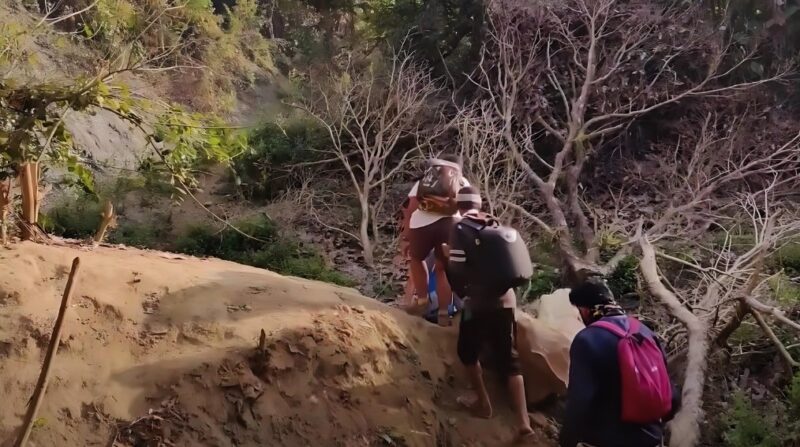
The next morning, we packed up and headed towards Keokradong, one of the highest peaks in Bangladesh. This hike was more challenging, with rougher terrain and steeper climbs. The path was less traveled, and at times, it felt like we were the only people on the mountain.
After about 7 hours of hiking, we reached the summit. The sense of achievement was overwhelming. The view from the top was worth every ounce of effort. We could see for miles, with the clouds below us and the sun casting a golden glow over the hills.
We spent the night in a small shelter near the peak, and I fell asleep listening to the sounds of the mountain. I LOVED IT!
Day 3: Tazindong
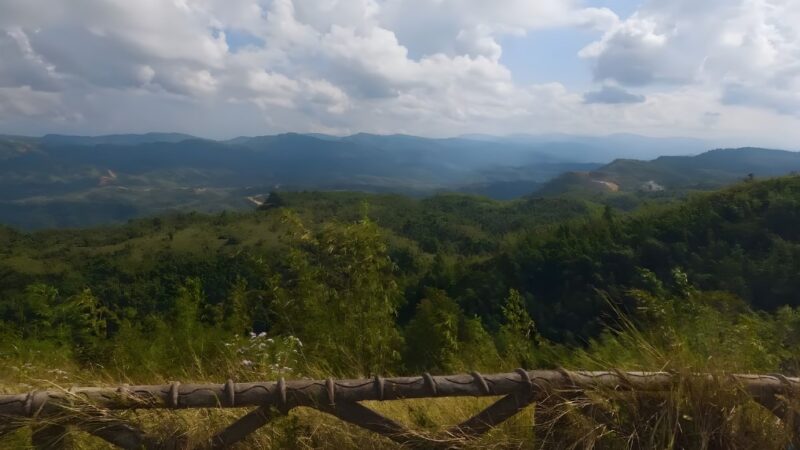
On the third day, we made our way to Tazindong. This part of the hike required permission, which Rahman had arranged beforehand. The trail was even less crowded than Keokradong, offering a more intimate experience with nature.
The hike to Tazindong took around six hours. The trail was narrow and steep, but the solitude was refreshing. We encountered a few local villagers who greeted us warmly. The summit of Tazindong was peaceful and quiet, a perfect place for reflection. We camped here for the night, enjoying the tranquility.
Day 4: Waterfalls of Nafakhum and Amiakhum
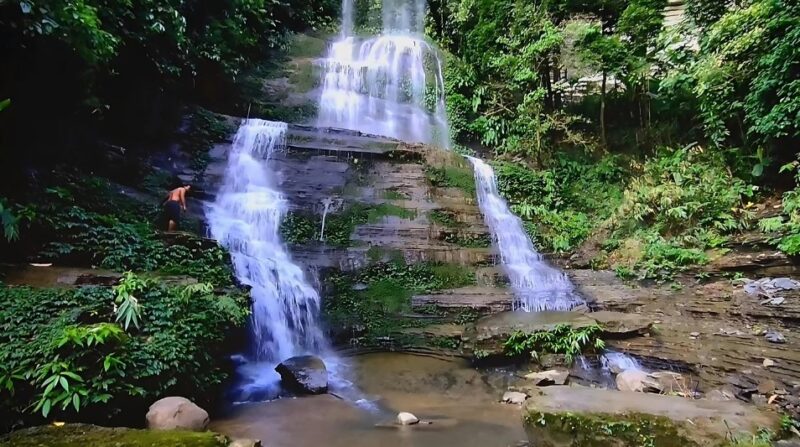
Our final destination was the Nafakhum and Amiakhum waterfalls. The trek involved walking upstream, with some sections requiring us to swim. This part of the hike was both challenging and exhilarating. The journey to the waterfalls took most of the day. The trail was rugged, and at times, we had to wade through waist-deep water.
But the effort was worth it when we reached Nafakhum. The waterfall was stunning, with water cascading down into a clear pool. We rested here for a while, taking in the beauty and cooling off in the water. From Nafakhum, we trekked to Amiakhum.
This part of the journey was equally challenging, but the sight of the waterfall made it all worthwhile. We camped near the waterfall, enjoying the sound of the water and the beauty of our surroundings.
Have I learned something? Definitely!
The hikes were physically demanding, especially the steep climbs and rough terrain. I had prepared for the trip by hiking locally, but nothing could fully prepare me for the challenges of Bandarban. The key was to take it slow, stay hydrated, and keep my energy levels up with snacks.
A little navigational difficulty is a must
Even with a guide, navigating the trails could be tricky. Some paths were poorly marked, and it was easy to get lost. Having Rahman with me was invaluable, as he knew the trails well and kept us on track.
Cultural sensitivity is important!
Bandarban is home to several indigenous communities. It was important to be respectful of their traditions and culture. Rahman helped me understand local customs, and we always asked for permission before taking photos or entering villages.
Tips for future hikers
Get permission
Make sure to check local regulations and get the necessary permits for your hikes. This is especially important for areas like Tazindong.
Hire a guide
If you’re not familiar with the area, hiring a guide is highly recommended. They can help you navigate safely and share valuable insights about the region.
Respect local traditions
Be respectful of local customs and dress modestly. Always ask for permission before taking photos.
Pack the essentials
- Sturdy pole: A hiking pole can help with balance and stability.
- First-aid kit: Essential for dealing with minor injuries.
- Water and snacks: Stay hydrated and keep your energy levels up.
- Sun protection: Hat, sunscreen, and sunglasses are essential.
In summary
Hiking in the hills of Bandarban was truly something else. The stunning views, the tough trails, and the sheer adventure of it all made it a trip I won’t forget. Whether you’re a pro hiker or just need a break from the city grind, this place’s got you covered. Just plan ahead, be mindful of the local customs, and pack smart.
Trust me, you’ll come back with stories and memories that’ll stick with you forever.
Related Posts:



